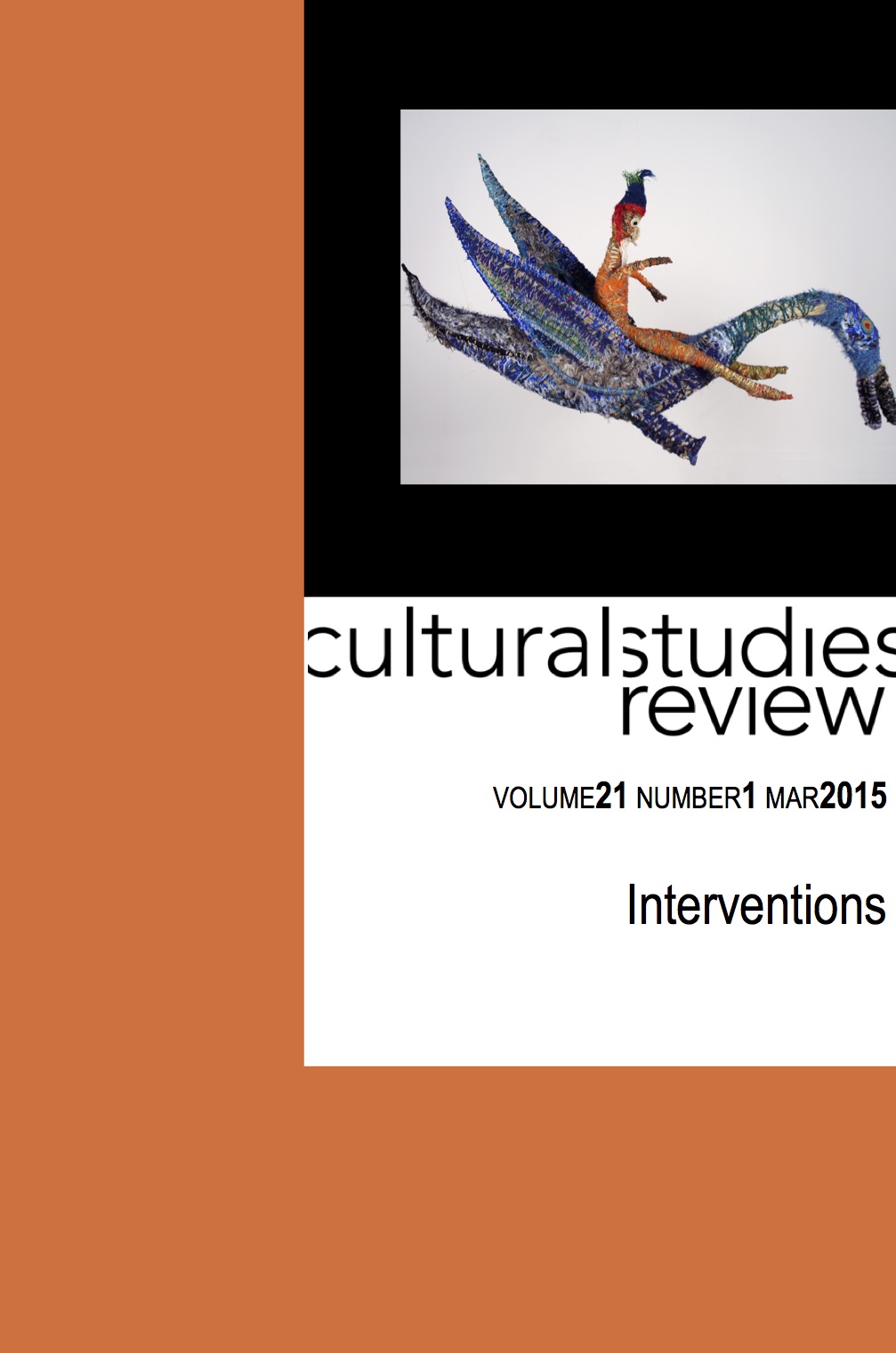'You are too square, I need to straighten you out': The Tamed Rebels of 1950s Coming-of-Age Films in Cross-Cultural Perspective
Main Article Content
Abstract
Coming-of-Age films have in common that they must address the social contradictions an adolescent experiences as he or she joins the world of adults. At the same time they have to come to a resolution of these contradictions that is acceptable to the audiences as well as the direct or indirect mechanisms of censorship of the movie industry. In the aftermath of World War II, a number of social paradigms had been upset (as for example gender roles, intergenerational relations, representations of state and paternal authority).The 1950s were thus a time when the contradictions experienced by all generations of adolescents were even more acutely brought to the foreground and thus represent a particularly fertile ground for this genre. The Coming-of Age films of this period played a crucial role in reintroducing established social paradigms by way of offering “false closures” that temporarily offered resolutions to the contradictions experienced by this particular generation of young adults.
Article Details
Section
Authors who publish with this journal agree to the following terms:
a) Authors retain copyright and grant the journal right of first publication with the work simultaneously licensed undera Creative Commons Attribution License that allows others to share and adapt the work with an acknowledgement of the work's authorship and initial publication in this journal.
b) Authors are able to enter into separate, additional contractual arrangements for the non-exclusive distribution of the journal's published version of the work (e.g., post it to an institutional repository or publish it in a book), with an acknowledgement of its initial publication in this journal.
c) Authors are permitted and encouraged to post their work online (e.g., in institutional repositories or on their website) prior to and during the submission process, as it can lead to productive exchanges, as well as earlier and greater citation of published work (See The Open Access Citation Advantage Service). Where authors include such a work in an institutional repository or on their website (ie. a copy of a work which has been published in a UTS ePRESS journal, or a pre-print or post-print version of that work), we request that they include a statement that acknowledges the UTS ePRESS publication including the name of the journal, the volume number and a web-link to the journal item.
d) Authors should be aware that the Creative Commons Attribution (CC-BY) License permits readers to share (copy and redistribute the work in any medium or format) and adapt (remix, transform, and build upon the work) for any purpose, even commercially, provided they also give appropriate credit to the work, provide a link to the license, and indicate if changes were made. They may do these things in any reasonable manner, but not in any way that suggests you or your publisher endorses their use.
